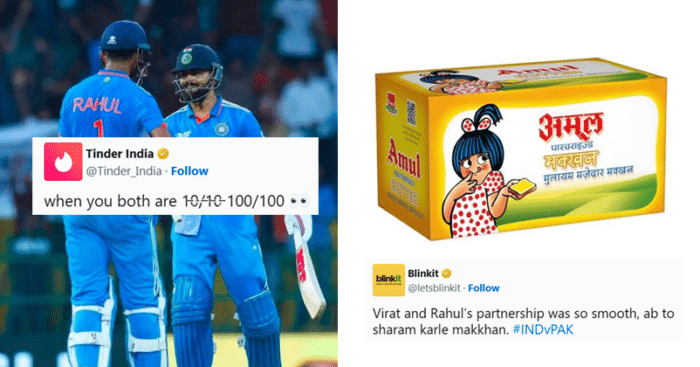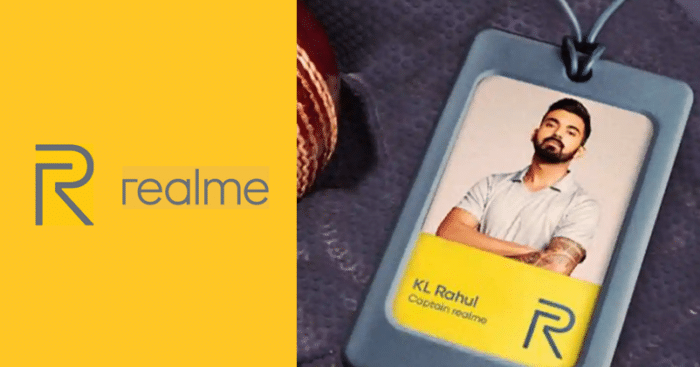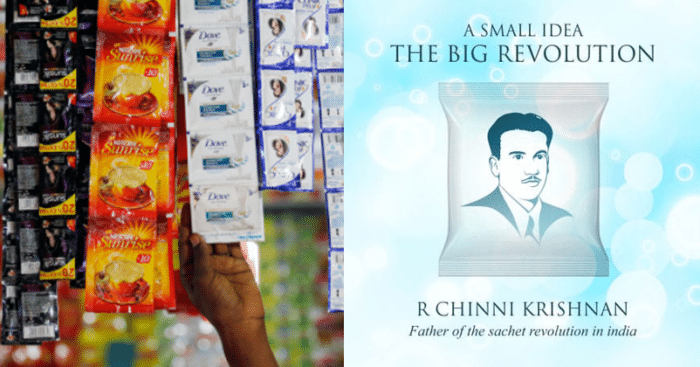Urban consumers have always been the target market for many leading brands. However, it was the rural market that was considered truly profitable in the earlier years since the population demographic was immensely large.
In the early 70s & 80s, there were brands that understood the importance of targeting the rural market as the consumer base was unarguably larger than the urban cities. It was, however, the high cost of products, especially household and wellness products, that would withhold the brands to connect with them.
Many of us might be aware of the ‘Sachet Revolution’ of the 80s that helped FMCG companies to expand to the rural markets. The revolution had a high significance in Indian history as it enabled poor rural consumers to buy expensive brands of daily consumables like soaps, shampoos, etc. in small pouches at affordable prices. It has now become a prominent part of retail packaging.
The Man Behind The Revolution
The man behind the ‘Sachet Revolution‘ was not from a multinational company but an Indian himself. Late Chinni Krishnan, based in Cuddalore, Tamil Nadu, was the man who introduced the sachet concept to the Indian market. It was only later on that the sachet concept was picked up by other leading multinational brands.

In hopes of making luxury products accessible to the labor class and people, Chinni Krishnan came up with the idea of introducing products in small packs.
During the 70s, talcum powders came in tin container packaging and were priced very high. Krishnan found a way to make it accessible to lower-income group people. He would pack the contents in smaller 100gm, 50gm, and 20gm packets and sold them at a much affordable price. He started doing the same with Epsom salt and then further decided to even try and pack liquid products in smaller quantities.
The Birth Of A Sachet
Chinni Krishnan experimented a little before landing on the final product. Firstly, he modified a machine that sealed PVC folders and then sealed one end of a transparent hose pipe. After filling it with water, he then sealed the other end.
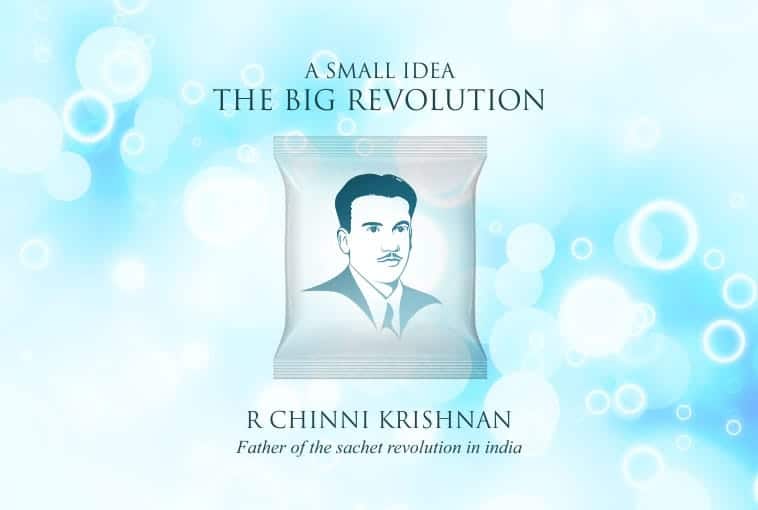
The experiment did not work but he kept on trying with different materials. Once he was successful to find a material that would keep the product safely sealed within, a sachet was created.
The first items he sold in sachets were hair oil, honey, and shampoo. He sold them locally in and around Cuddalore.
Taking The Legacy Forward
Chinni Krishnan died in 1979 at the relatively young age of 48. After his demise, the family got to know that the business had a bank loan of Rs 2 lakh from the State Bank of India.
The bank then threatened the family to auction their house which was mortgaged if the loan was not repaid. Chinni Krishnan’s sons Rajkumar and Ashok Kumar, a doctor and lawyer respectively, decided to save their house. They resigned their jobs and took over the business despite having no prior experience or knowledge.
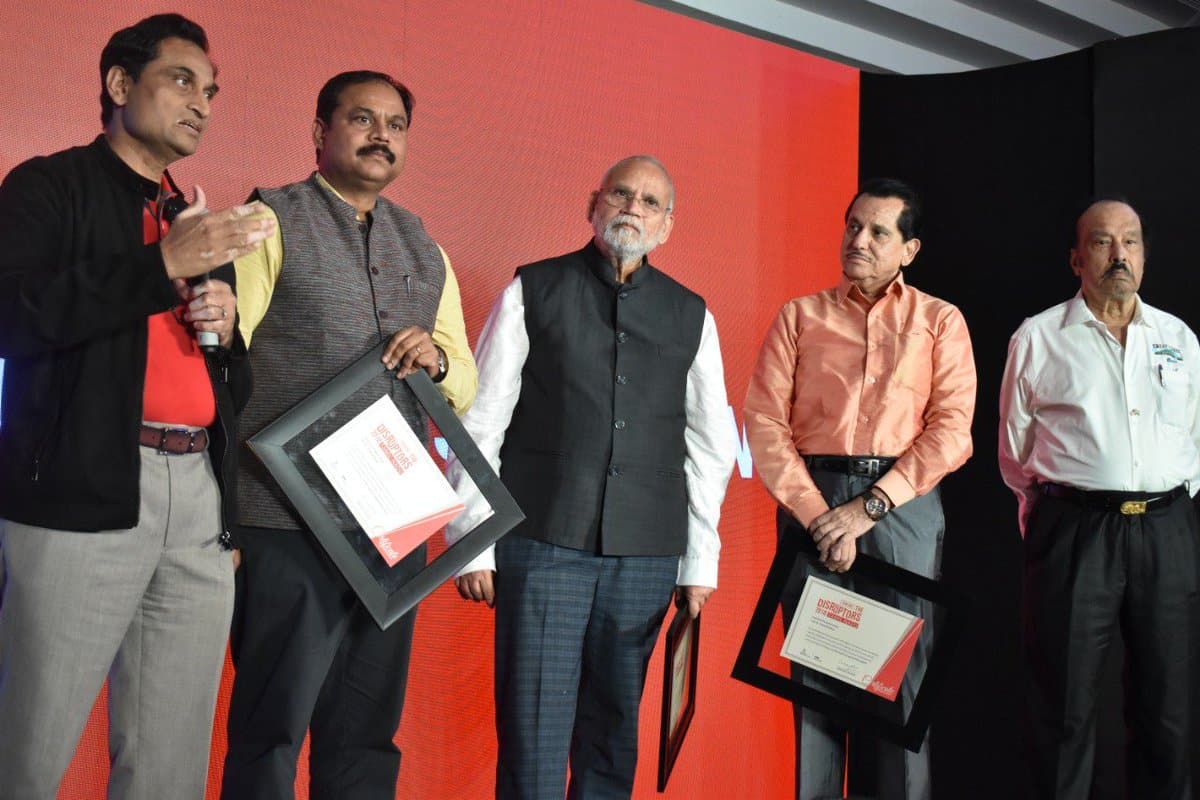
The brother’s started the Velvet International shampoo product which came in a sachet of Rs 2. Velvet International, eventually expanded not only in India, but overseas as well, and did phenomenally well.
It was Dr. Rajkumar who deserves the entire credit for making the company a success. Today it is Chinni Krishnan’s younger son C.K. Ranganathan, the Chairman and Managing Director of CavinKare who is carrying the family torch forward.
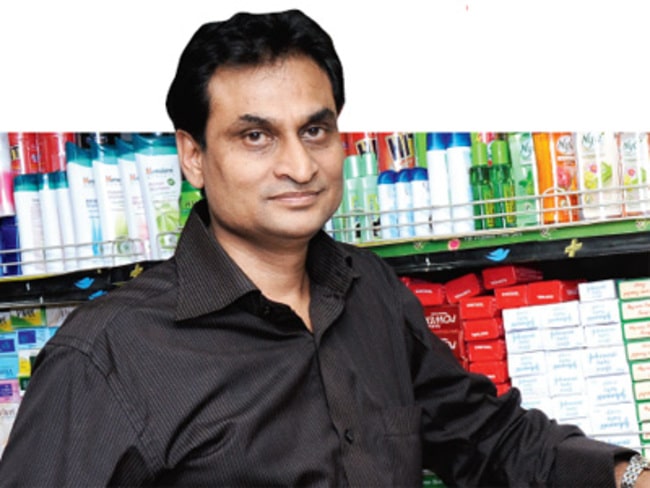
In 2018, YourStory recognized eminent men and women from Tamil Nadu who made a difference in their chosen vocations. The Legend of Disruption award was one of the key highlights of the YourStory Disruptors Tamil Nadu 2018 event. For the first time, late Chinni Krishnan was conferred with an award for his invention. His award was received by his four sons.


